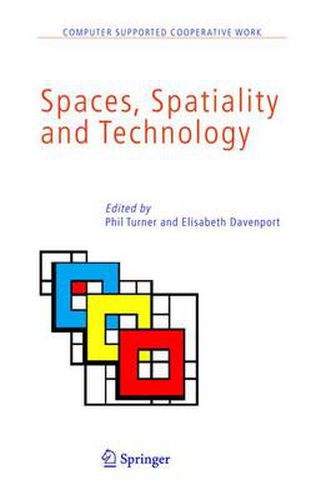Readings Newsletter
Become a Readings Member to make your shopping experience even easier.
Sign in or sign up for free!
You’re not far away from qualifying for FREE standard shipping within Australia
You’ve qualified for FREE standard shipping within Australia
The cart is loading…






This title is printed to order. This book may have been self-published. If so, we cannot guarantee the quality of the content. In the main most books will have gone through the editing process however some may not. We therefore suggest that you be aware of this before ordering this book. If in doubt check either the author or publisher’s details as we are unable to accept any returns unless they are faulty. Please contact us if you have any questions.
separated by the exigencies of the design life cycle into another compartment, that makes invisible the (prior) technical work of engineers that is not directly pertinent to the application work of practitioners. More recently (and notably after the work of Greisemer and Star) the black box has been opened and infrastructure has been discussed in terms of the social relations of an extended group of actors that includes developers. Ethical and political issues are involved (cf f accountable computing). Writing broadly within this context, Day (chapter 11) proposes that the concept of ‘surface’ can assist us to explore space as the product of ‘power and the affective and expressive role for materials’, rather than the background to this. Surfaces are the ‘variously textured…sites for mixtures between bodies’, and are thus the ‘sites for events’. The notions of ‘folding’ and ‘foldability’ and ‘unfolding’ are discussed at length, as metaphors that account for the interactions of bodies in space across time. Some of the contributors to this volume focus on ways in which we may experience multiple infrastructures. Dix and his colleagues, for example, in chapter 12 explore a complex of models - of spatial context, of ‘mixed reality boundaries’ and of human spatial understanding across a number of field projects that make up the Equator project to explain the ways in which co-existing multiple spaces are experienced.
$9.00 standard shipping within Australia
FREE standard shipping within Australia for orders over $100.00
Express & International shipping calculated at checkout
This title is printed to order. This book may have been self-published. If so, we cannot guarantee the quality of the content. In the main most books will have gone through the editing process however some may not. We therefore suggest that you be aware of this before ordering this book. If in doubt check either the author or publisher’s details as we are unable to accept any returns unless they are faulty. Please contact us if you have any questions.
separated by the exigencies of the design life cycle into another compartment, that makes invisible the (prior) technical work of engineers that is not directly pertinent to the application work of practitioners. More recently (and notably after the work of Greisemer and Star) the black box has been opened and infrastructure has been discussed in terms of the social relations of an extended group of actors that includes developers. Ethical and political issues are involved (cf f accountable computing). Writing broadly within this context, Day (chapter 11) proposes that the concept of ‘surface’ can assist us to explore space as the product of ‘power and the affective and expressive role for materials’, rather than the background to this. Surfaces are the ‘variously textured…sites for mixtures between bodies’, and are thus the ‘sites for events’. The notions of ‘folding’ and ‘foldability’ and ‘unfolding’ are discussed at length, as metaphors that account for the interactions of bodies in space across time. Some of the contributors to this volume focus on ways in which we may experience multiple infrastructures. Dix and his colleagues, for example, in chapter 12 explore a complex of models - of spatial context, of ‘mixed reality boundaries’ and of human spatial understanding across a number of field projects that make up the Equator project to explain the ways in which co-existing multiple spaces are experienced.